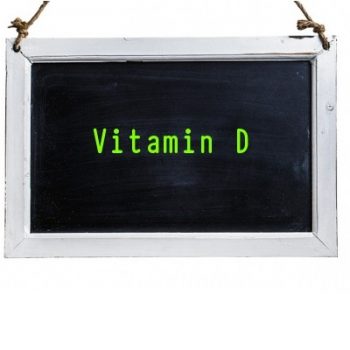McGill University in Canada is home to professors John White and David Goltzman in the Faculty of Medicine Department of Physiology. These two men lead a team that discovered that vitamin D in active form essentially shuts down cancer cells. Before everyone starts to pop vitamin D in mega doses, or gives huge amounts to dogs, let’s get more of a handle on the mechanism of action that causes this incredibly beneficial effect.
It turns out that vitamin D inhibits production and function of the protein cMYC which happens to be the driver behind cell division and is active in elevated levels in over half of all cancers. The natural antagonist of cMYC is called MCD1 (had enough of letters and numbers yet?) and what’s key here is that vitamin D stimulates production of MCD1. So, essentially, we have more more of the good stuff to shut down the protein that drives cell division in a great many cancers.
“Taken together, our results show that vitamin D puts the brakes on cMYC function, suggesting that it may slow the progression of cells from premalignant to malignant states and keep their proliferation in check”, said Dr. White.
The study was funded by the Canadian Institutes of Health Research and the National Cancer Institute/Canadian Cancer Society Research Institute. More and more, studies are bearing out the connection between low levels of vitamin D, and cancers in dogs and people.
This is exciting stuff, but what do we do with the information? How much vitamin D should we take? How much for dogs? There aren’t concrete answers just yet, but the days of 400 IU per day for people are over! Well, unless you tend to form kidney stones or your doctor suggests otherwise. It’s been several years since vitamin D was touted as pretty much a cure-all (it’s not), but still, no set amount was established. Most naturopathic doctors I’ve spoken with over the years have suggested 2,000 – 4,000 IU per day for healthy people. In dogs, we know that the safe upper limit is 500% greater than the recommended allowance for healthy dogs, so there’s a lot of wiggle room there, and I usually use more than the recommended allowance, especially for dogs that are genetically predisposed to cancer.
Unlike some commercial diets that can actually have too much vitamin D in them, fresh foods that contain a good amount of vitamin D in them aren’t easy to find. Fish (some more than others) is a good source, but meats in general are not. Chicken skin is fairly good. For most dogs and people, supplemental vitamin D can be helpful, but I still prefer to find a natural source. That’s why I take (and use for dogs, including my own) wild salmon oil. The benefit to using clean fish oils is that we also take in some omega 3 fatty acids – a bonus for our brain cells, heart, eyes and skin. Sure, I still take supplemental vitamin D, but I need less of it when taking wild salmon oil, and the benefits are great!
To read about cancer diets, click here.

